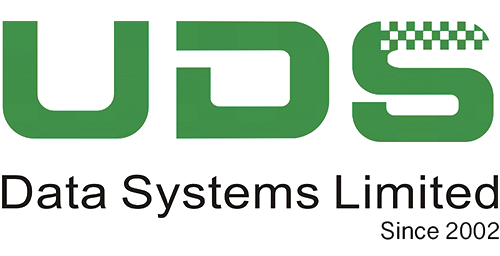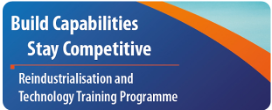What Is IT Policy Review for Equipment? IT policy review for equipment involves systematically evaluating and updating the policies and guidelines related to the use, management, and security of IT hardware and devices within an organization. Here’s why it matters:
- Alignment with Current Practices:
- Just like software, IT equipment evolves. New devices are introduced, old ones become obsolete, and maintenance practices change.
- Regular policy reviews ensure that your guidelines for handling equipment remain relevant and aligned with current practices.
- Risk Mitigation:
- IT equipment can be vulnerable—whether it’s laptops, servers, or network devices. Policies help mitigate risks associated with theft, data breaches, or improper usage.
- By reviewing these policies, you strengthen your organization’s defenses.
- Operational Efficiency:
- Policies guide how equipment is procured, deployed, maintained, and retired. Efficient processes save time and resources.
- A well-reviewed policy ensures that everyone knows the drill—from setting up a new workstation to securely disposing of old hard drives.
How Does the Review Process Work? Let’s break it down into steps:
- Pre-Review Preparation and Assessment:
- Gather your existing policies related to IT equipment. Understand their origins and context.
- Consider previous communications and legal requirements. You don’t want to inadvertently violate older regulations during updates.
- Gap Analysis and Assessment:
- Conduct a gap analysis. Look for discrepancies between current practices and desired standards.
- Identify areas for improvement. Even if something works, consider how changes could lead to better outcomes.
- Legal Compliance Check:
- Ensure that your policies comply with relevant laws (data protection, environmental regulations, etc.).
- For example, if you’re disposing of old equipment, are you following e-waste disposal guidelines?
- Security Considerations:
- Review security-related policies. Are there guidelines for securing laptops, encrypting data, or managing access to servers?
- Strengthen these policies to safeguard against breaches.



